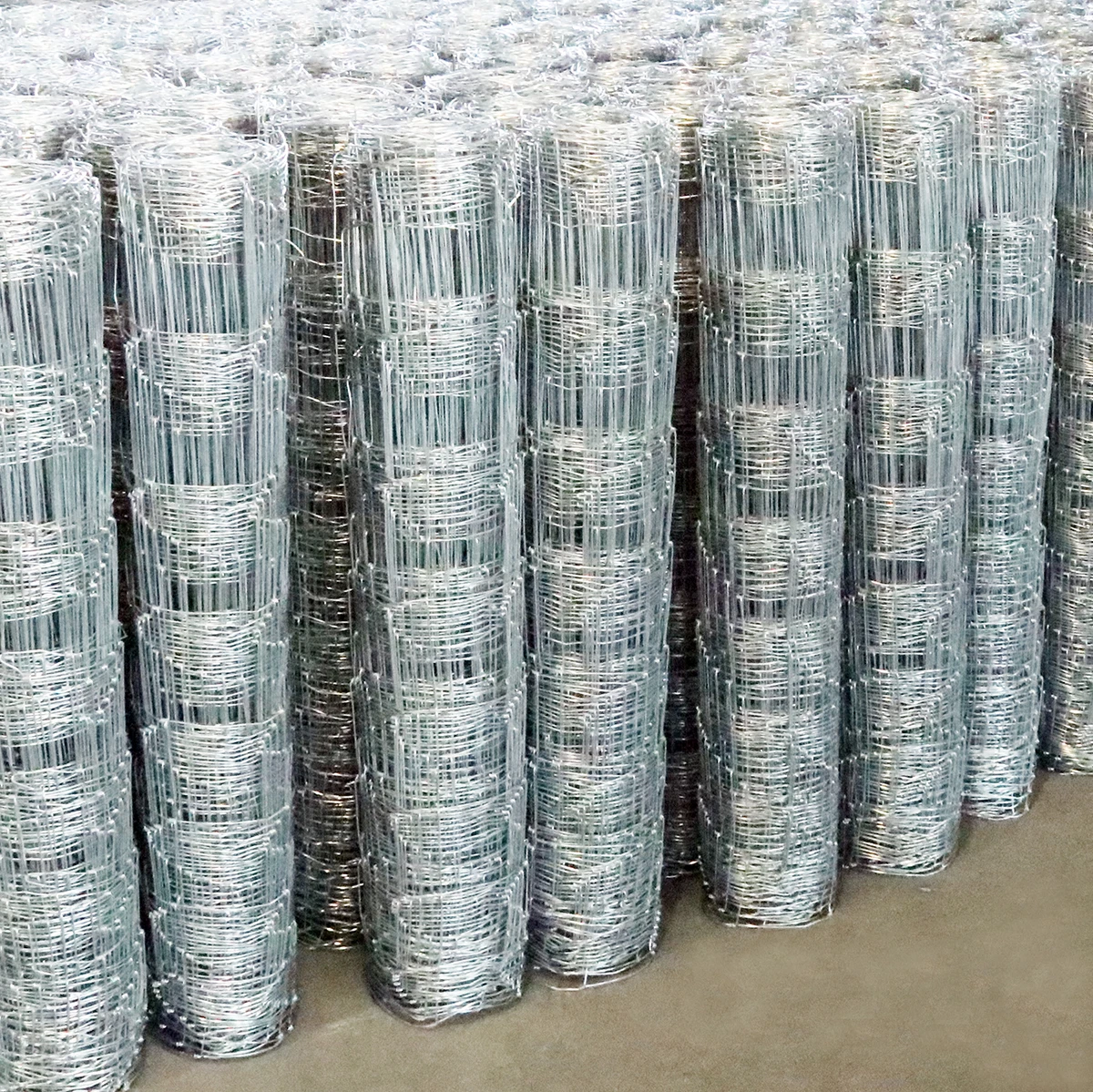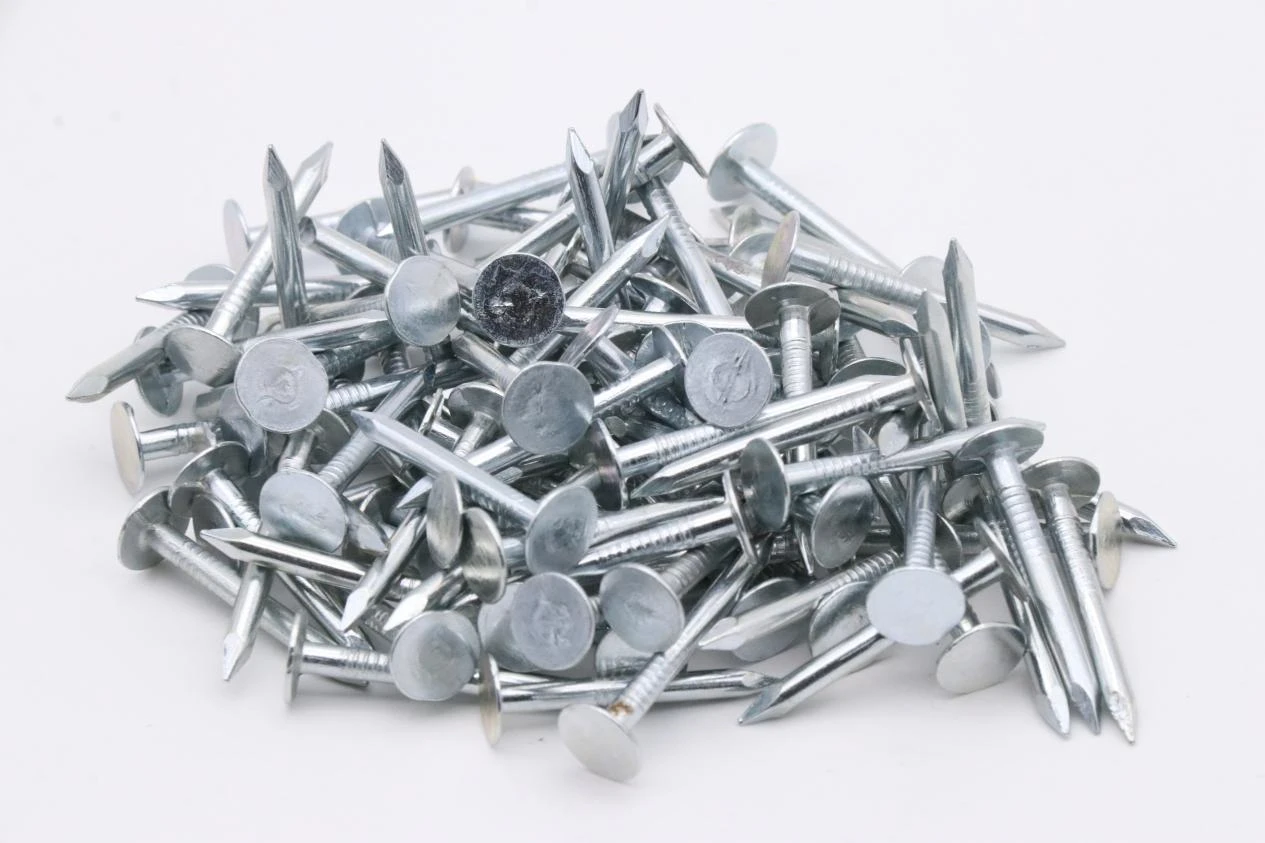Understanding Semi-Trailer Spindles and Their Importance in Trailer Functionality
نوفمبر . 04, 2024 16:59
Understanding Semi-Trailer Spindles Key Components of Heavy-Duty Trailers
In the world of heavy-duty transportation, semi-trailers play a crucial role in the logistics and supply chain industries. Among the myriad components that ensure these trailers operate safely and efficiently, the spindle stands out as a vital part of the vehicle's undercarriage. Understanding the function and importance of semi-trailer spindles can shed light on their role in maintaining the performance and safety of trailers, especially in demanding environments.
What is a Semi-Trailer Spindle?
A semi-trailer spindle is a critical component that connects the axle to the trailer’s suspension system. It serves as a pivot point for the wheels, allowing them to rotate freely while supporting the weight of the trailer load. The spindle is typically a robust, cylindrical shaft made from high-strength materials that can withstand the significant stresses associated with heavy loads and rough road conditions.
There are various designs of spindles, with the most common being the 'straight spindle' and the 'drop spindle.' Each design has its specific advantages depending on the application and the trailer's load needs. Nonetheless, all spindles must adhere to strict manufacturing standards to ensure they can handle the dynamic forces they encounter during operation.
Importance of Spindles in Trailer Performance
The performance of a semi-trailer heavily depends on the condition of its spindles. As the connection point for the wheels, spindles directly affect wheel alignment, stability, and riding comfort. If a spindle is worn out, misaligned, or damaged, it can lead to uneven tire wear, decreased fuel efficiency, or even hazardous driving conditions due to compromised handling.
Additionally, spindles are integral to the trailer's braking system. They provide a mounting point for brake components, which need to function optimally to ensure safety. If a spindle fails, it can jeopardize the entire braking system, making the vehicle unsafe to operate.
semi trailer spindle

Maintenance and Inspection
Proper maintenance of semi-trailer spindles is essential to ensure longevity and performance. Regular inspection should include checking for signs of wear, such as cracking, bending, or excessive rust. Moreover, the bearings associated with the spindle should be lubricated to prevent friction and heat buildup, which can lead to premature failure.
Depending on the usage frequency and conditions, it is advisable for operators to follow a maintenance schedule. For instance, trailers that operate in harsher environments, such as construction sites or regions with rough terrains, may require more frequent checks.
Upgrading and Replacement
When it becomes evident that a spindle is no longer serviceable, timely replacement is crucial. There are various aftermarket spindle options available in the market, providing durability and enhanced performance. Some manufacturers even offer spindles with improved design features that can enhance the lifespan and efficiency of semi-trailers.
Upgrading spindles can also involve using advanced materials such as composite or high-strength steel, which exhibit better resistance to wear and fatigue. Investing in quality replacement or upgraded spindles can ultimately improve operational efficiency and reduce long-term costs due to less frequent replacements and adjustments.
Conclusion
In conclusion, semi-trailer spindles may seem like small components, but their role in the overall function and safety of heavy-duty trailers is indisputable. A well-maintained spindle contributes to better handling, improved tire longevity, and a safer driving experience. To ensure optimal performance, operators should take preventive maintenance seriously, swiftly addressing any signs of wear or damage. By understanding the importance of spindles and committing to regular maintenance, operators can enhance the reliability and efficiency of their semi-trailers, ultimately leading to a more effective logistics operation.









 Unity
Unity Creation
Creation Challenge
Challenge Contribution
Contribution










